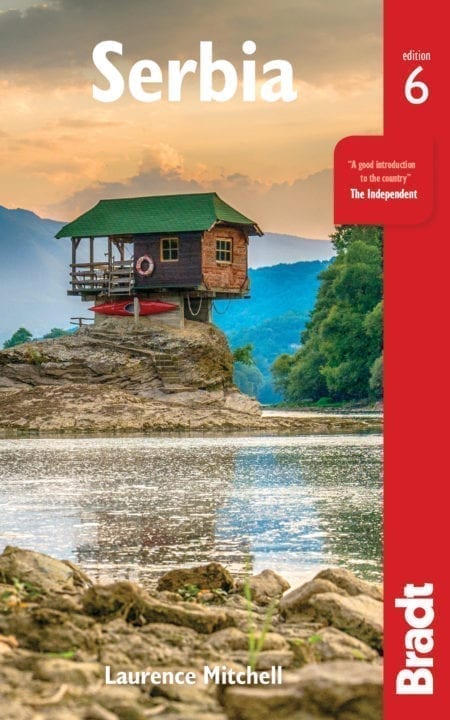Some 356 different species of bird have been recorded in Serbia, a large number of which pass through on passage to their breeding grounds in northern Europe. Many others (240 species) find suitable habitat for summer breeding in the country, while some species migrate from the north to overwinter in Serbia.
Whether you want to spot Syrian woodpeckers or catch a glimpse of purple herons, these are some of the best birding hotspots in Serbia:
Kompenzacioni bazen
The dominant eBird site, with more than 220 species reported by a single observer, Ivan Medenica, is located in the southeast of the country at Kompenzacioni bazen (compensation pool) in Ivan’s home town of Pirot. It is situated 75km east of Niš (towards Bulgaria), where the valley forms a significant migration corridor and the bird fauna has a distinct Mediterranean flavour.
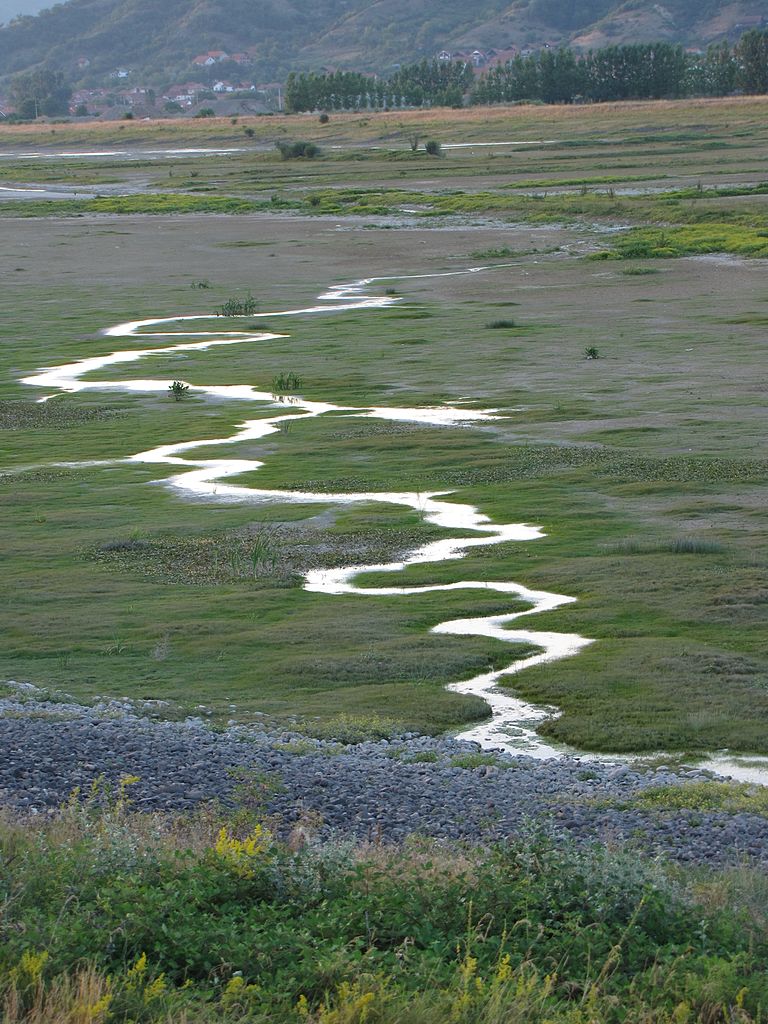
Locally common birds include water pipit, crested lark, common whitethroat and European stonechat, followed closely by frequent sightings of Levant sparrowhawk, barred warbler, eastern olivaceous warbler, Eurasian golden oriole, European turtle dove, corncrake, Eurasian nightjar and jack snipe.
Beljarica in Belgrade
Some 9km up the Danube from Belgrade, the 2km-wide Beljarica backwaters have the biggest ‘belly’ in the 90km-long system of the Pančevački Rit embankments. Some 165 species have been recorded here, including black stork and three breeding pairs of white-tailed eagles. Uncommon barred, icterine and eastern olivaceous warbler, as well as the lesser grey shrike, can be found in breeding season (May–June). Ducks and herons include garganey, squacco and purple herons, as well as Eurasian spoonbill.
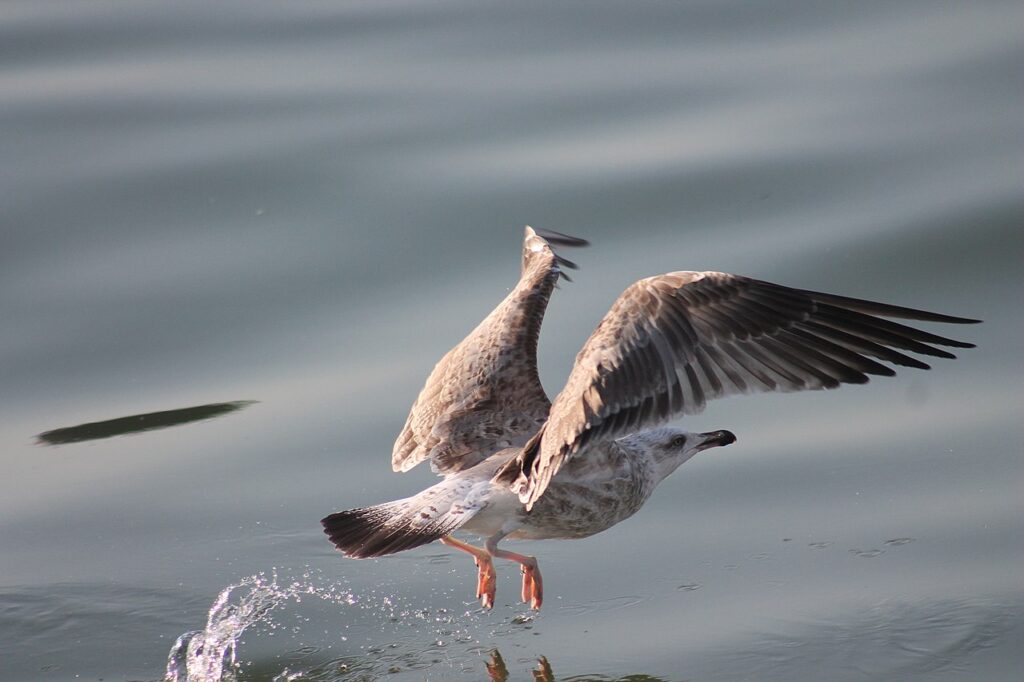
Waders appear in late summer, including spotted redshank and common greenshank, dunlin, little stint, common snipe and, infrequently, great snipe as well. Common kingfisher, common hoopoe and the European bee-eater come from their nesting holes at the high loess-bluff of the opposite right bank of the river. Finally, common and lesser whitethroat should be mentioned, together with wood and willow warblers and common chiffchaff (most obvious during the September–October migration).
Veliko Ratno ostrvo
Veliko Ratno ostrvo (Great War Island) is situated at the confluence of the Sava and the Danube rivers, below the fortifications of Kalemegdan Fortress, and owes its odd name to the Austrians, who marked it on their military maps as ‘krieg insel’ (war island) – a suitable location from which to shell the city with artillery. The island has 140 eBirded species and is especially famous for hosting a breeding pair of white-tailed eagles practically in the centre of Belgrade.
From June to September, its sandy beach is serviced by a pontoon bridge and this is the time to stroll through the poplars listening to the songs of the eastern olivaceous and icterine warblers. On the waters around the island, as seen from Ušće Park and the Dorćolski kej riverbank, winter is the main season for visiting birds and local specialties include greater scaup, velvet scoter, smew and black- and red-throated divers, as well as year-round birds such as pygmy cormorant.
Rusanda Nature Park
Rusanda Nature Park has 165 species eBirded. Rusanda is the name of a nearby salt lake, a protected area of special importance for migrating waders, of which some 27 species have been reported here, including pied avocet, Temminck’s stint, red-necked phalarope, sanderling and dunlin.
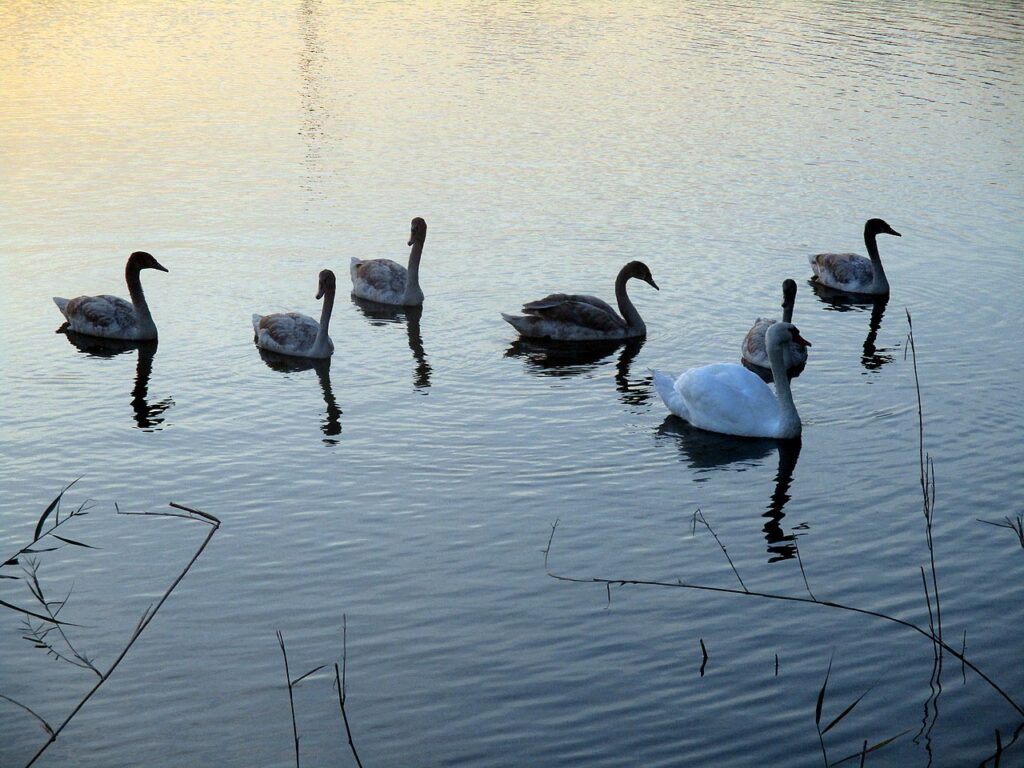
Other birds of the Rusanda are great bittern, purple heron, Eurasian spoonbill, meadow and rare red-throated pipit, icterine warbler, Eurasian penduline tit, lesser grey shrike, breeding red-footed falcon and little and long-eared owls. During migration season (mostly in March and November), flocks of several thousand common crane land here, while during autumn and winter there are a number of long-eared owl roosts.
Baranda fish farm
With 164 species eBirded at the time of writing, Baranda fish farm, situated about 40km north of Belgrade, is another great spot. Baranda is the centrepiece of the fish-farm triangle, and several hotspots around the villages of Čenta, Baranda and Sakule offer probably the best wetland birding near Belgrade (more than 220 species recorded across all sites).
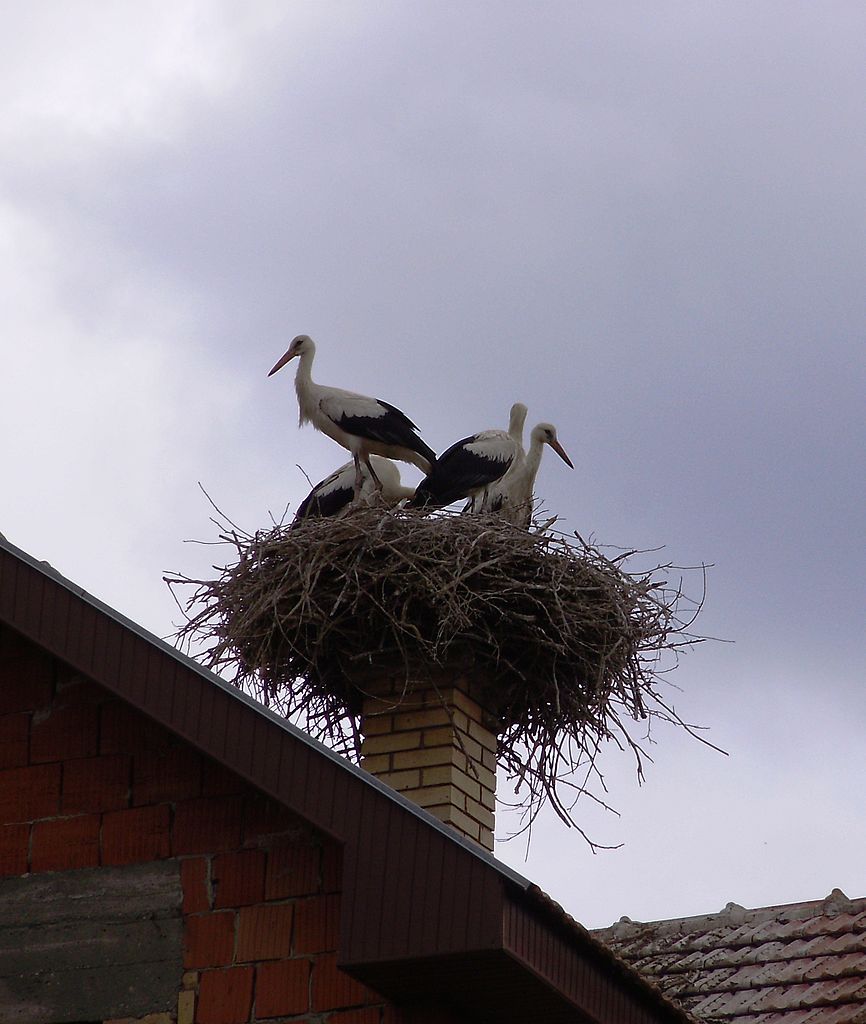
Species include reed bunting, bluethroat, Savi’s and common grasshopper-warbler, Eurasian penduline tit, bearded reedling, red-backed and lesser grey shrikes (in winter replaced by the great grey shrike), Eurasian hoopoe, European bee-eater, little owl, breeding whiskered tern (plus black and white-winged terns on migration), 22 species of waders and common crane on migration. The fish farm is private property and visitors should seek permission to enter.
Paljuvi Reservoir
Located 55km southwest of Belgrade, halfway between the towns of Lazarevac and Ub, Paljuvi Reservoir boasts more than 160 species almost single-handedly eBirded by UK-expat Geoff Laight. Highlights include purple, night and squacco heron, little bittern, ferruginous duck, whiskered tern, pygmy cormorant, Syrian and black woodpecker, Eurasian golden oriole and red-backed shrike.
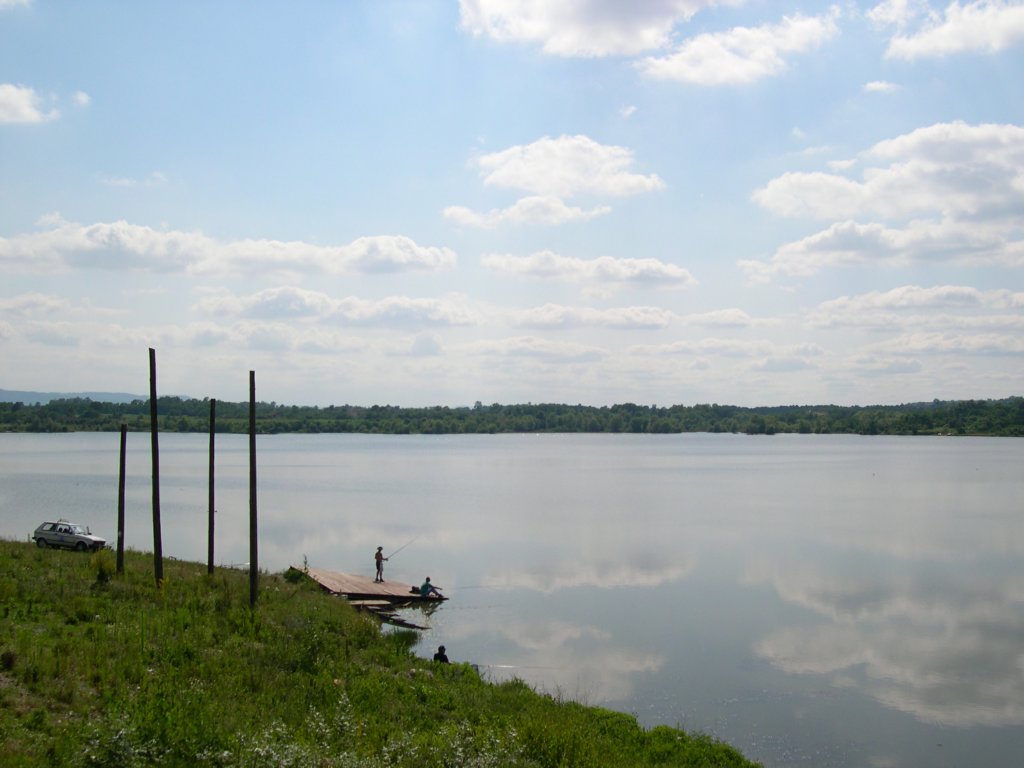
Also worth seeing are local rarities such as Temminck’s stint, spotted redshank, glossy ibis and, on migration, white-winged black tern, European roller and red-footed falcon. The reservoir is surrounded by traditional farming landscape, where the likes of European turtle dove and ortolan bunting complete the scene.
Labudovo okno nature reserve and Ramsar site
This site comprises an up-to-3km-wide section of the Danube, with a dozen hotspots on both banks, of which Stevanove livade i laguna Karaša takes the crown, boasting more than 150 eBirded species. It is protected as a Special Nature Reserve and Ramsar site and is located some 80km east of Belgrade, mostly between the villages of Dubovac (on the left bank) and Ram (on the right bank). Labudovo okno is an important stopover site and wintering area that attracts the largest congregations of waterbirds anywhere in the country.
In winter, local specialities include huge flocks of greater white-fronted and greylag geese, with a few taiga bean geese among them, red-crested pochard, ferruginous duck, common goldeneye, smew, goosander, both red and black-throated divers, and greater spotted eagle; in spring they are joined by spotted crake, Caspian, black- and white-winged terns (on migration only) and breeding whiskered tern.
Karajukića Bunari peat bog and Ramsar site
Together with surrounding steppe pasture in the Pešter plateau, Karajukića Bunari peat bog is the largest karst area of Serbia, situated 230km west of Niš and 320km southwest of Belgrade and straddling the border with Montenegro. This area sits at a fair distance from both urban centres, but with more than 150 species recorded, it stands out thanks mainly to just one birder – Vladan Vučković.
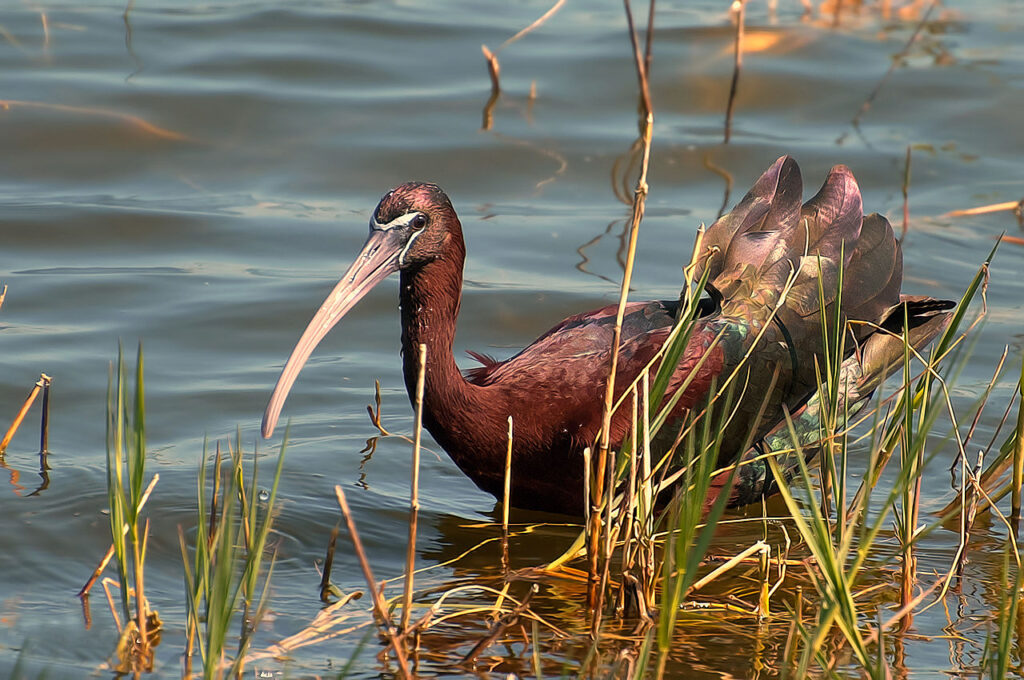
Exceptional species here include common merganser, glossy ibis, Eurasian griffon, short-toed eagle, Montagu’s harrier, long-legged buzzard, water rail, spotted and little crakes, 21 species of waders, lesser grey and woodchat shrikes, horned lark, common rock thrush, tawny, meadow and red-throated pipits and ortolan and corn buntings.
Slano Kopovo Nature Reserve and Ramsar Site
This saline marsh near the town of Novi Bečej, 65km northeast of Novi Sad and 120km north of Belgrade, has 140 eBirded species so far and is of special importance for migrating common cranes (up to 20,000 birds) and wintering geese (particularly taiga bean, greater and lesser white-fronted, greylag and red-breasted geese).
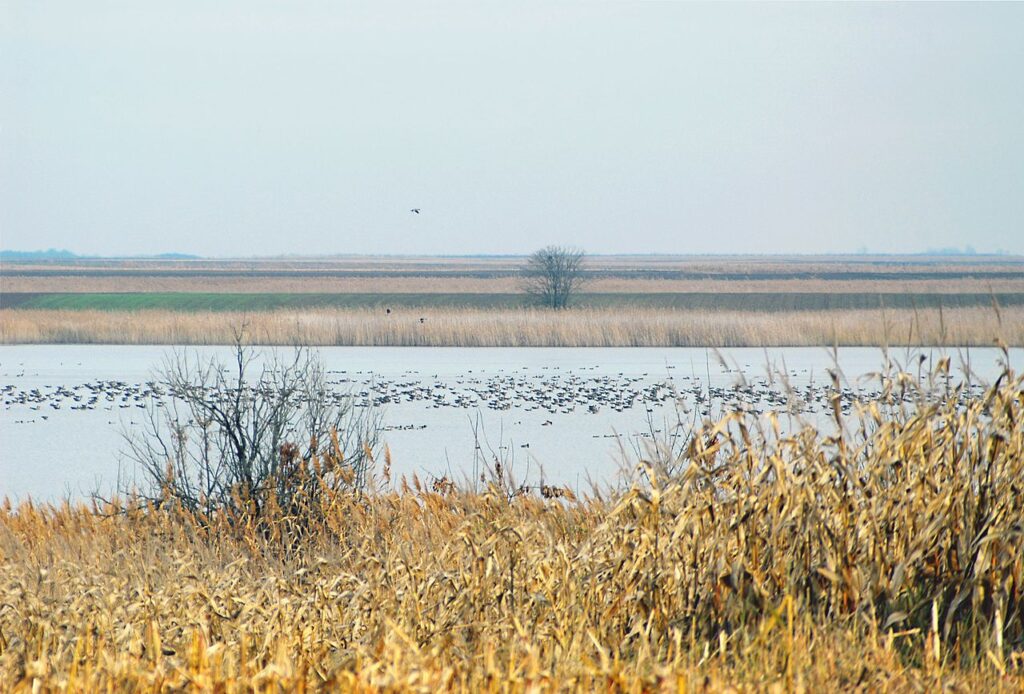
Other species to look out for include short-eared owl and red-footed falcon.
Koviljsko-Petrovaradinski Rit Nature Reserve
This reserve stretches along both banks of the Danube between the towns of Petrovaradin and Kovilj.
With nearly 140 eBirded species, it is a seasonally inundated floodplain area with ponds, reedbeds and forest – a place to look for ferruginous duck, black and white storks, purple heron, black-crowned night heron, white-tailed eagle, little crake, whiskered tern and European bee-eater, as well as middle-spotted, Syrian, black- and grey-headed woodpeckers.
More information
For more information, check out Laurence Mitchell’s guide:
